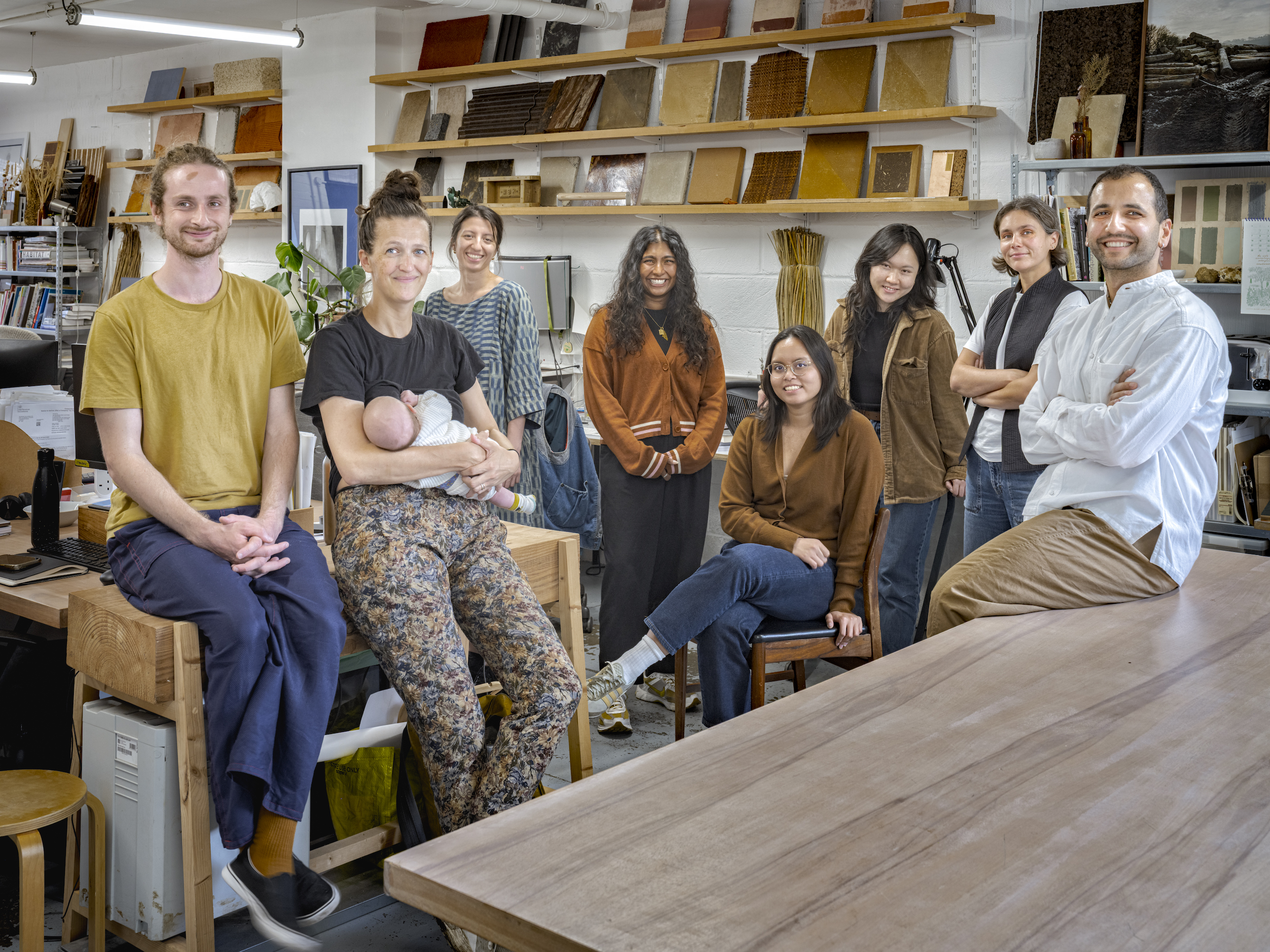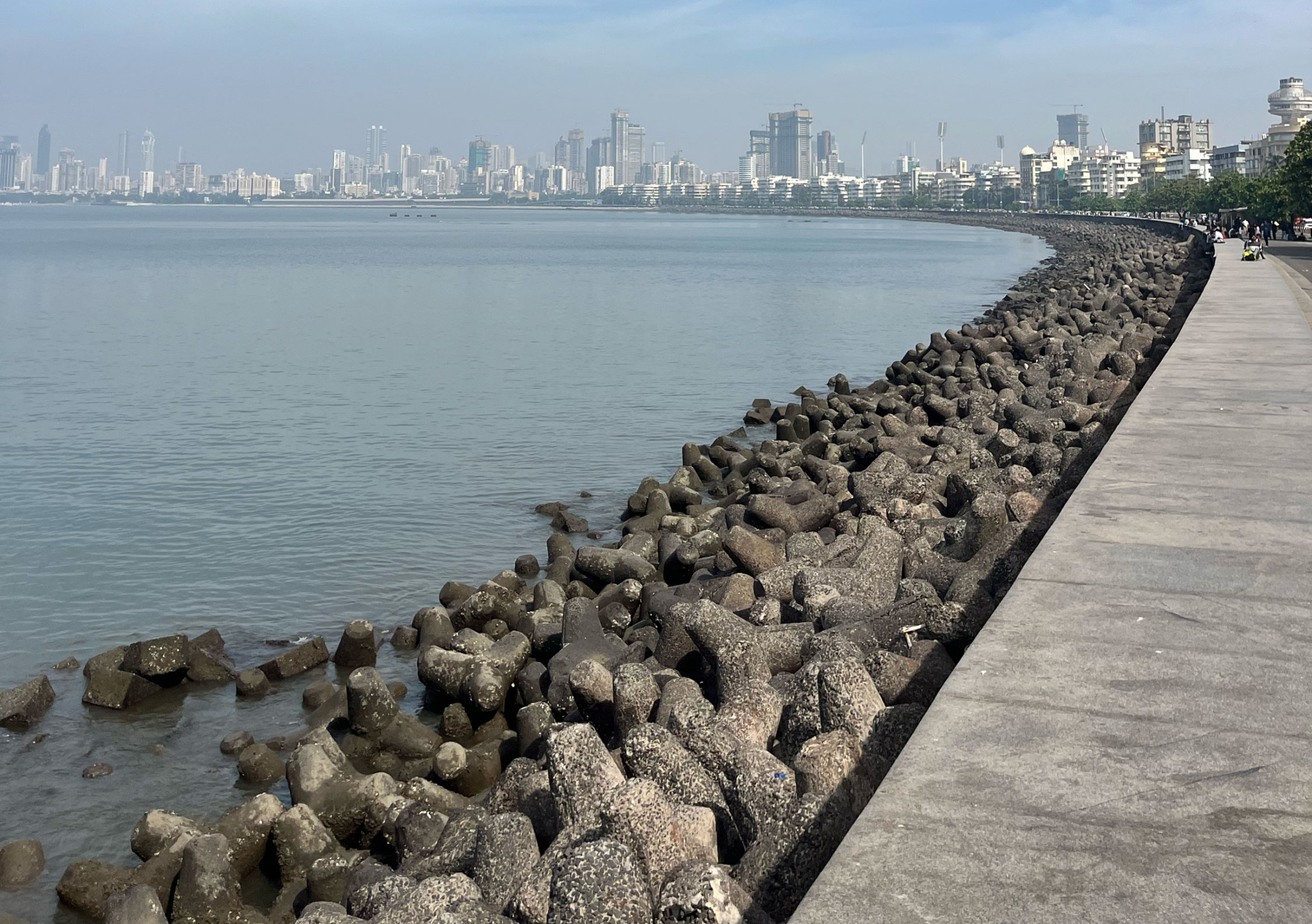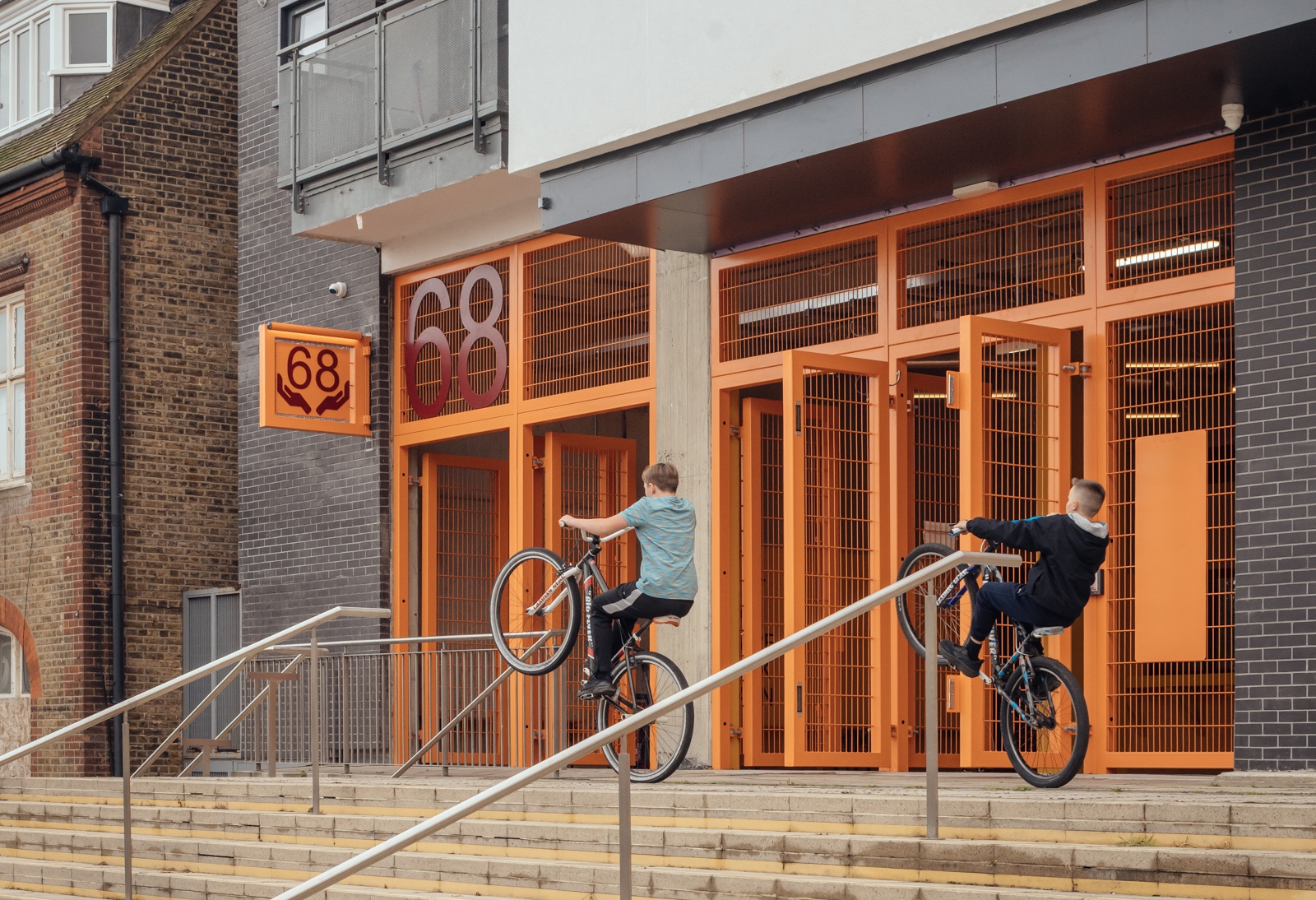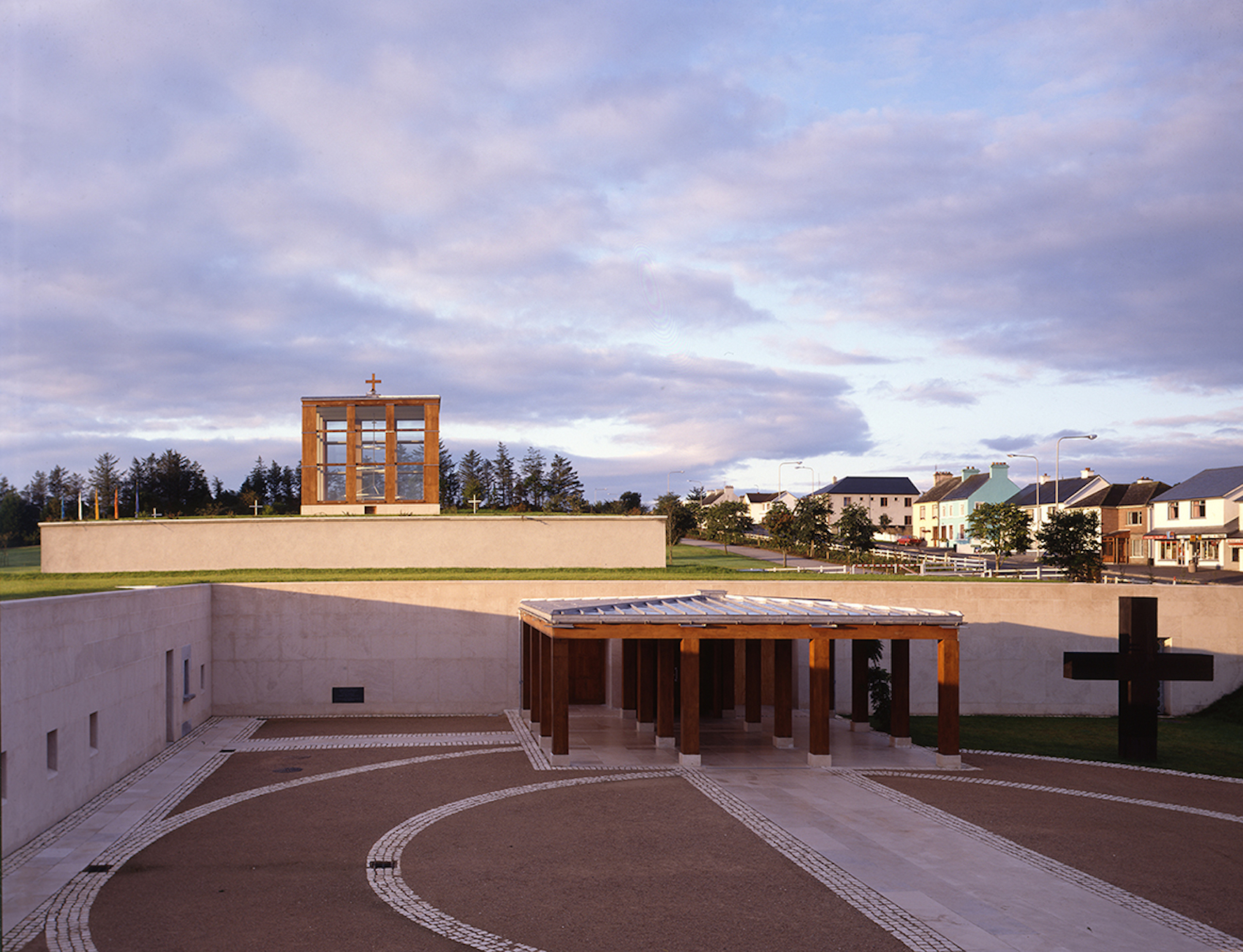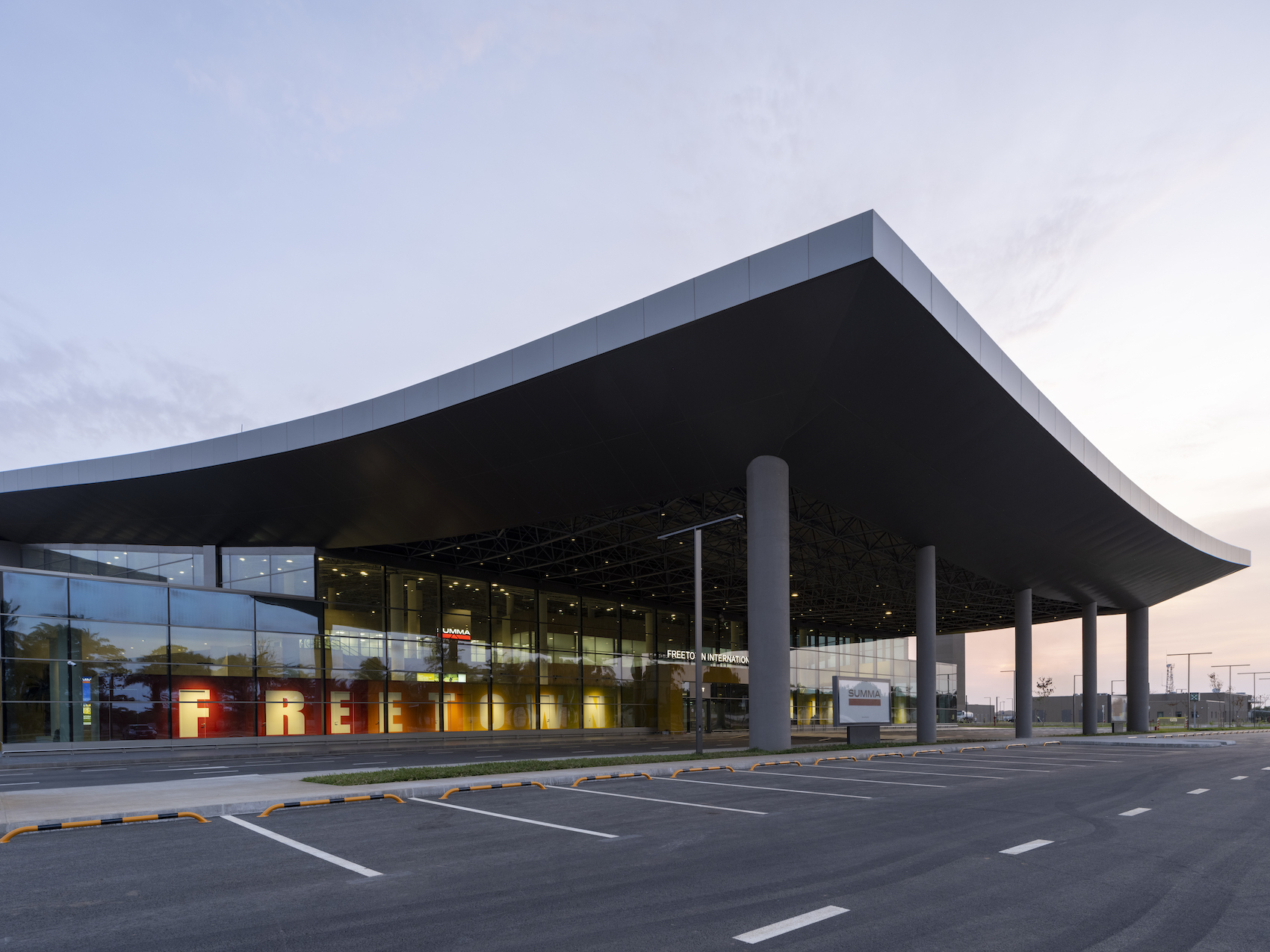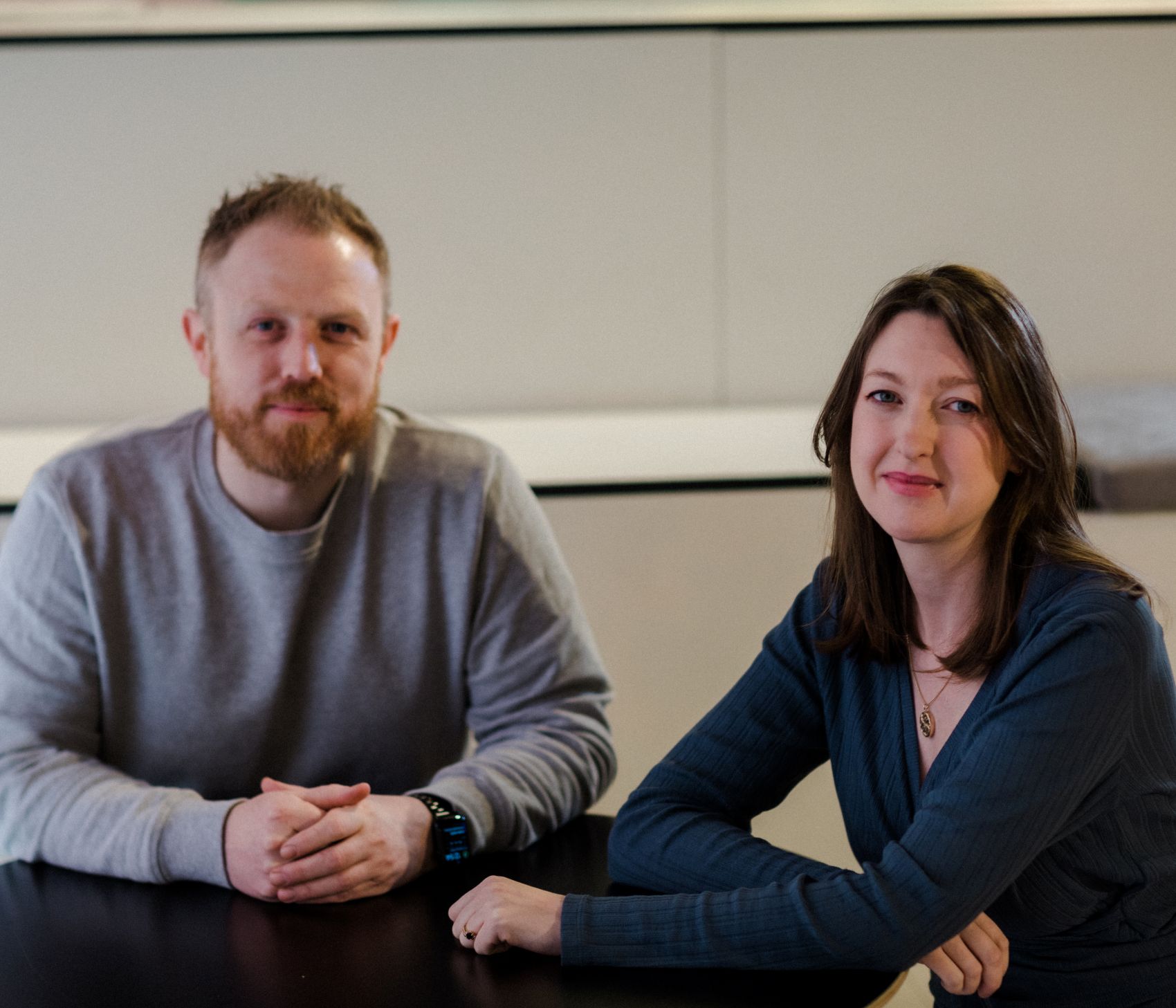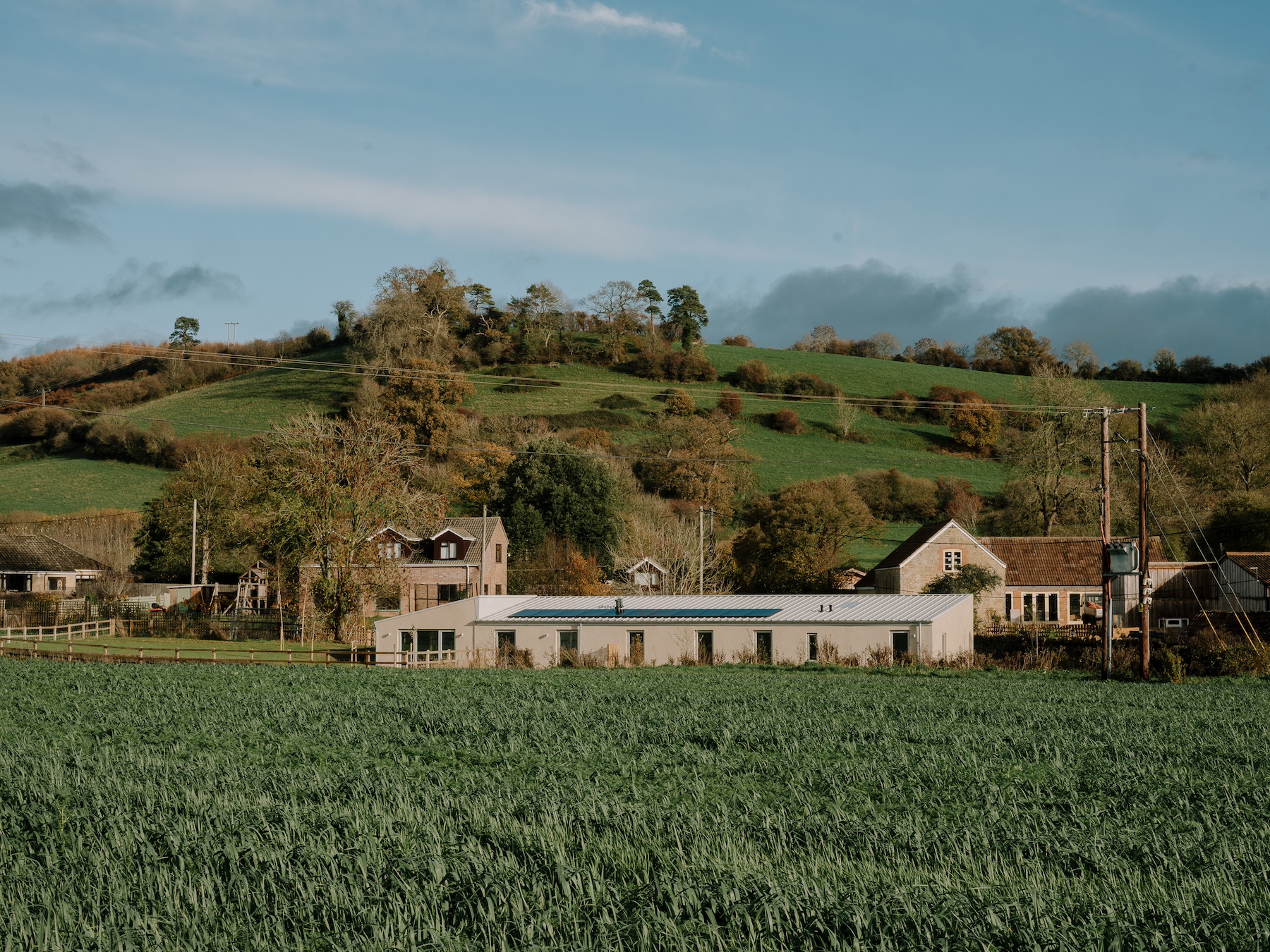The restoration of Casa Batlló’s back façade and private courtyard has revealed a side of the iconic building unseen for over a century, faithfully returning Gaudí’s family retreat to its original 1906 brilliance.
Over a century after its completion, Casa Batlló’s back façade and private courtyard have been restored to their original state in what marks one of the most ambitious conservation projects in the building’s history. Designed by Antoni Gaudí as a secluded family retreat behind the vibrant front elevation, this once-hidden ensemble has been revealed to the public for the first time following a year-long restoration led by a team of local master artisans and historians.
Found behind the undulating front façade, the rear elevation was long concealed from view and over time had suffered both from natural degradation and piecemeal interventions. Though partial restorations took place in the 1950s and 1990s, it wasn’t until 2024 that a comprehensive effort was made to recover Gaudí’s full original vision – guided by old photographs, laboratory tests, and digital scanning techniques.
As part of a detailed analysis of materials and finishes, paint stratigraphy revealed the original palette beneath decades of overpainting. The cream-coloured stucco, once believed to be true to Gaudí’s design, was discovered to have originally been black – dramatically altering the character of the façade. Similarly, hues of the woodwork and iron railings were returned to their 1906 tones, recapturing the nuanced contrasts typical of Gaudí’s work.
Alongside this rediscovery of colour, the structure of the façade itself offered surprises. During conservation of the balconies, the team uncovered a previously unknown vaulted support system – a spiral hybrid of iron and brick that was radically innovative for its time. Once stabilised, balcony surfaces were reconstructed with original materials including Nolla mosaic tiles, their intricate geometric patterns reassembled from a trove of historical photographs.
The private courtyard, too, was painstakingly restored. Conceived by Gaudí as a tranquil garden space for the Batlló family, it had lost several key features over the decades. Archival research allowed restorers to recover and reintroduce planters beside the ventilation courtyards and a parabolic pergola once clad in heather. A new layout of 85,000 ceramic tiles replicates the original Nolla mosaic flooring, its rich hues reimagined with improved durability for outdoor use.
Much of the ironwork – planters, balcony rails, doors – was disassembled and transported to Alpens, where blacksmith Enric Pla Montferrer’s team revived it using traditional techniques. Elements beyond repair were remade according to UNESCO’s restoration standards, which permit replacement only when more than 75 percent of the original material is lost. The modular assembly system, altered in previous decades by welded joins, was re-established with bolts and nuts in keeping with Gaudí’s original construction methods.
Carpenter Josep Bartolí and his team took on the restoration of the wood elements, working in situ wherever possible. They rebuilt deteriorated muntins for the courtyard’s windows and doors, while the corresponding glass panels were remade by Glass Studio using traditional mouth-blown methods. The result is a warm, organic contrast between natural materials, bringing Gaudí’s sensory intentions back to life.
This restoration was not only a technical feat but a collaborative celebration of Barcelona’s living craft heritage. Local workshops in ceramics, wood, iron, and glass worked in parallel with site teams, underlining the importance of artisanal continuity in heritage work.
The reassembly was as intricate as the deconstruction. Each element was mapped and numbered according to its original placement, aided by a digital model of the building. The façades’ reinforced vaults, long hidden from view, have been strengthened, and decorative detailing on the stucco and trencadís mosaics was restored by Manel Diestre and his ceramic team using traditional lime-based techniques.
The project forms part of a wider conservation effort by Casa Batlló, which has invested over €25 million in restoration since 2019. Overseen by CEO Gary Gautier, the initiative builds on work begun in the 1990s by Nina Bernat, daughter of Enric Bernat, who acquired the property in 1993. This culminated in Casa Batlló’s 2005 designation as a UNESCO World Heritage Site and continues today with further phases, including the upcoming restoration of the third floor.
Today though, Gaudí’s hidden garden, long overshadowed by the building’s more theatrical front, is now open to view – its recovered textures, colours and structures speaking not only of early 20th-century innovation, but of an enduring commitment to cultural stewardship. The hope here is that in revealing what lay behind the house for so long, the restoration enriches public understanding of Casa Batlló as a living work of art.
















